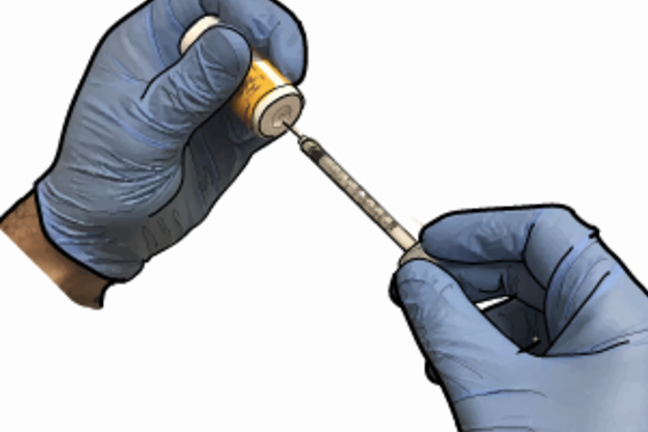Home / Healthcare & Medicine / Biology & Biotechnology / Understanding Insulin / The 3 routes of administration for insulin

Reach your personal and professional goals
Unlock access to hundreds of expert online courses and degrees from top universities and educators to gain accredited qualifications and professional CV-building certificates.
Join over 18 million learners to launch, switch or build upon your career, all at your own pace, across a wide range of topic areas.

 Figure: using an insulin syringe to draw insulin out of an insulin vial
Figure: using an insulin syringe to draw insulin out of an insulin vial Figure: insulin should never be drawn out of a cartridge using a syringe
Figure: insulin should never be drawn out of a cartridge using a syringe Figure: fitting a wearable insulin pump
Figure: fitting a wearable insulin pump







